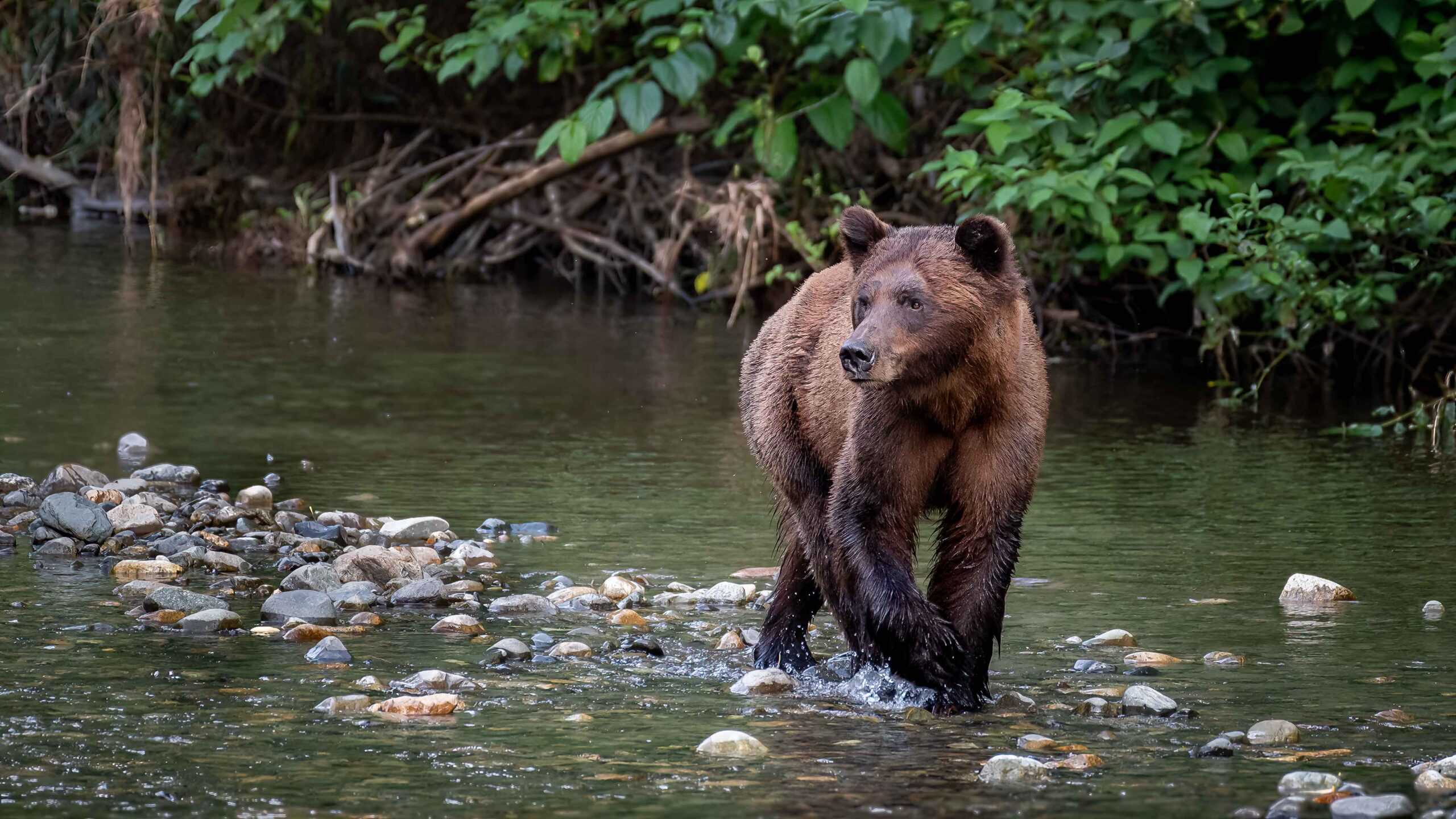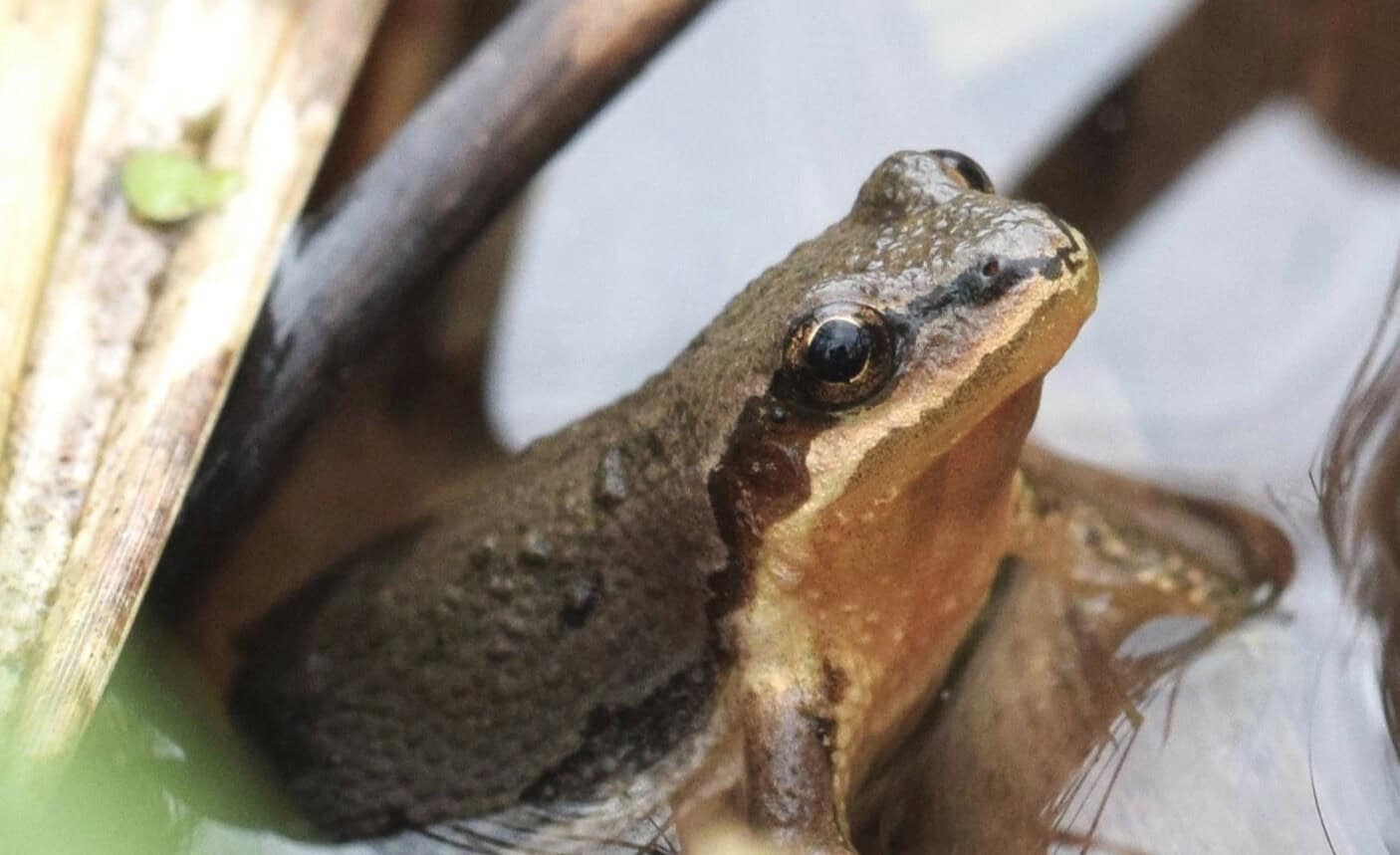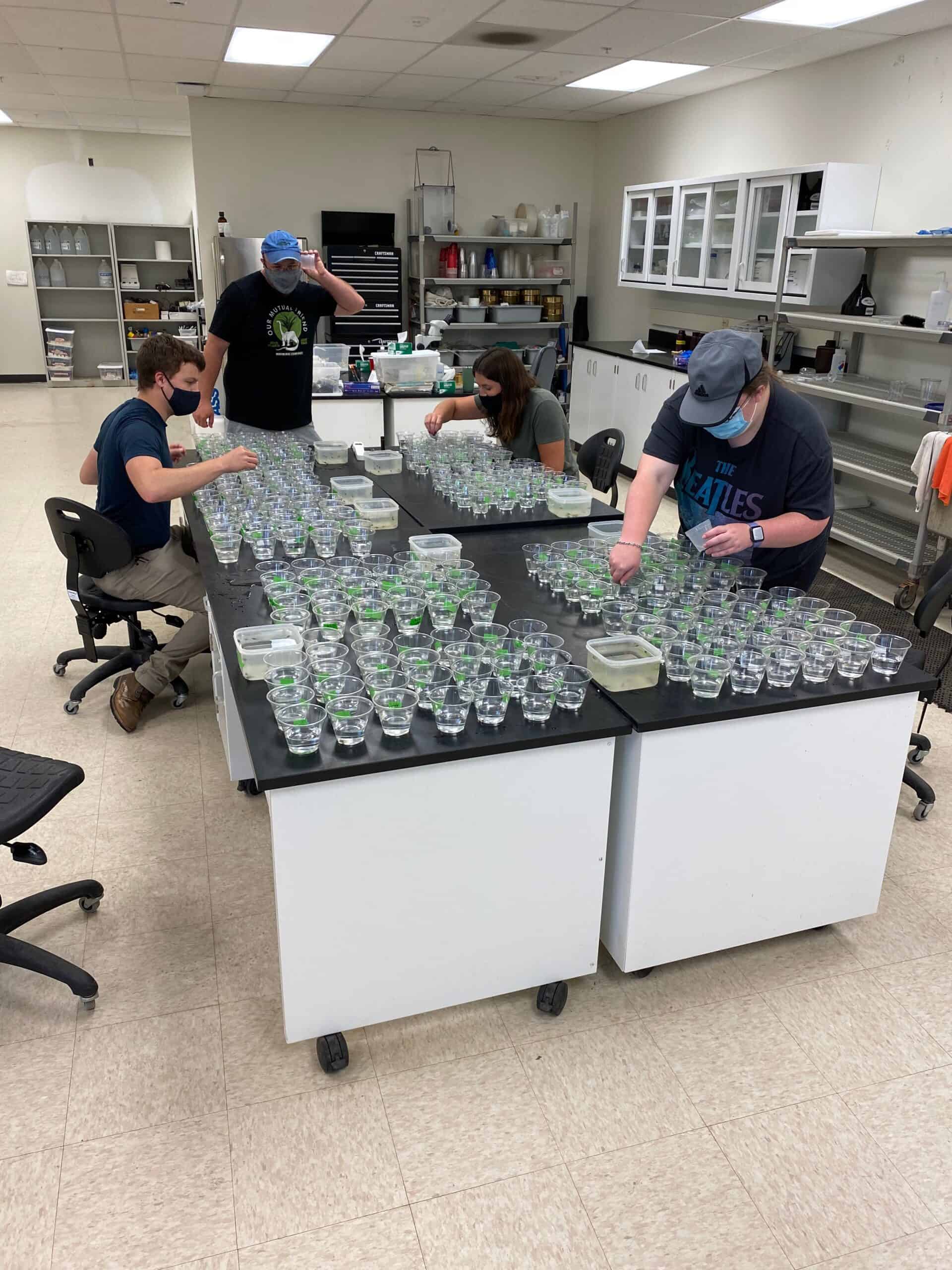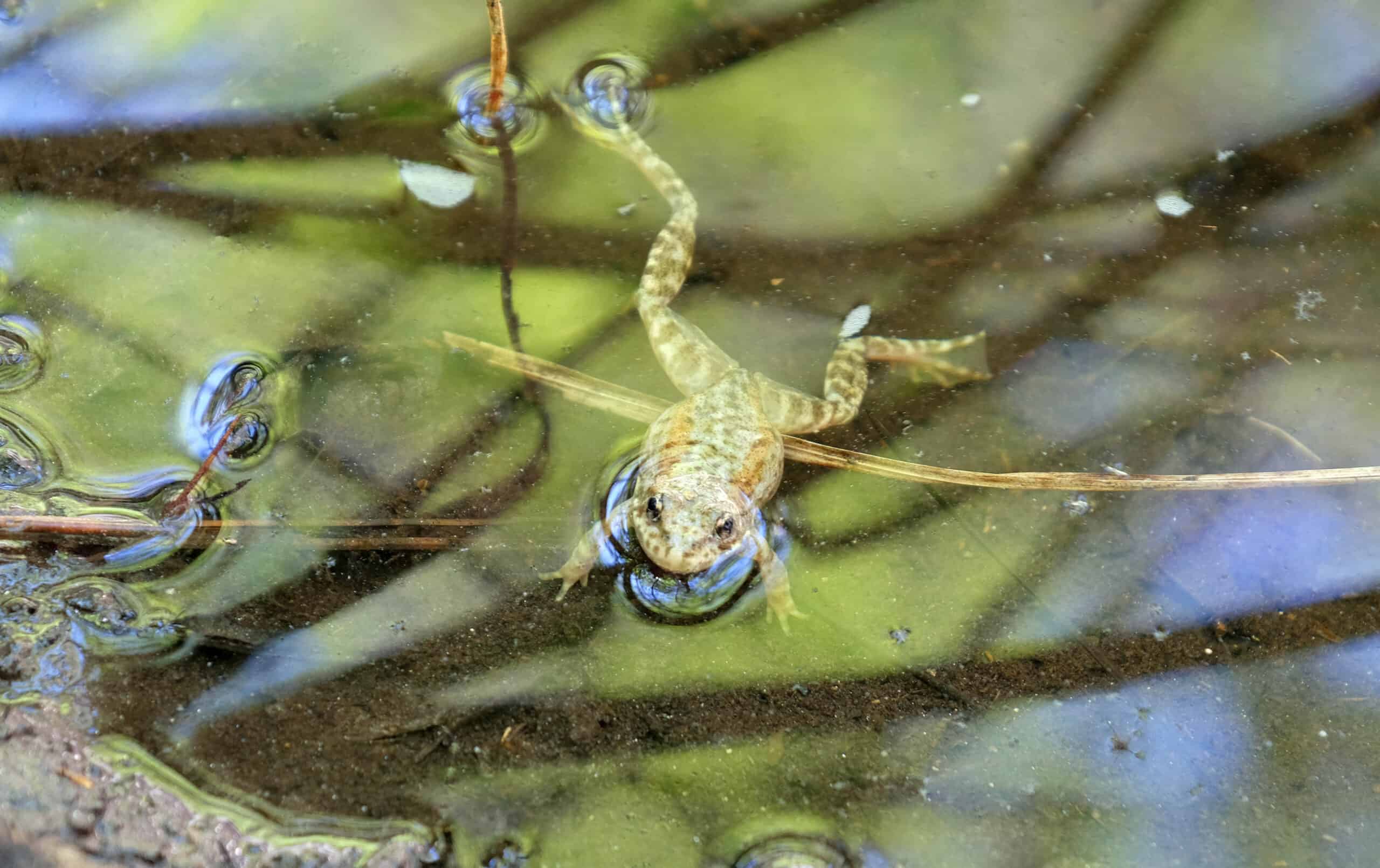Share this article
Wildlife Featured in this article
- Grizzly bear
Wild Cam: Grizzlies tolerate tourists when salmon are scarce
Researchers examined how bear viewing affected activity patterns
For grizzlies in parts of British Columbia, tourists are easier to tolerate when the bears are hungry—but not for the reason you’re probably thinking.
Wildlife managers from the Nuxalk Nation and British Columbia Parks wanted to see how tourism might be affecting bear behavior at popular viewing areas. To look for solutions, they worked with researchers to examine whether increasing numbers of visitors were affecting bears on the Atnarko River.
The researchers found that grizzlies (Ursus arctos horribilis) tended to avoid tourists except for times when salmon was in short supply.
“The strongest patterns linking human activity and bear activity were linked to salmon abundance,” said Kate Field, a PhD candidate at the Raincoast Applied Conservation Science Lab at the University of Victoria in British Columbia and the lead author of the study published recently in Conservation Science and Practice.
The researchers conducted field seasons in the summer and fall of 2019, 2020, and 2021 in Tweedsmuir Provincial Park, which is in Nuxalk Territory on the central coast of British Columbia. They set up trail cameras at various places where bears typically feed on salmon, including those near popular tourist viewing sites. The tourism season occurs in the pre-hibernation period when bears need to eat abundant salmon to stay healthy.

Risk versus reward
They found that grizzly bear activity was affected by ecotourists in diverse ways that depended on how many salmon were present in the ecosystem. Bears were more likely to tolerate tourists when the fish were less available. This is likely because the bears don’t have much choice in the matter, Field said. They take the calculated risk of getting near humans because of the potential rewards.
“In a context of scarce salmon and high visitor numbers, bears have a choice: stay with a crowd of people and eat, or move and possibly forgo a meal,” says Field, “A low-food, high-human condition isn’t ideal for some bears that are less tolerant of people.”
When salmon was more abundant, however, many bears chose to avoid areas with lots of tourists—especially those less tolerant of people.
“When food resources across their range were high, when salmon were high, we saw a decrease in [bear] detections at the sites with many people,” Field said.
Females with cubs were more likely to be detected during daylight hours and when there were more people, the analysis showed. Field said this suggests a human shield effect. However risky people may seem to some bears, they may present a lower risk than male grizzlies, which sometimes kill cubs in an effort to coerce females to mate with them.
“We can use tools in wildlife ecology to understand how animals perceive people as one way, among many, to guide coexistence in the context of grizzly ecotourism” Field said.
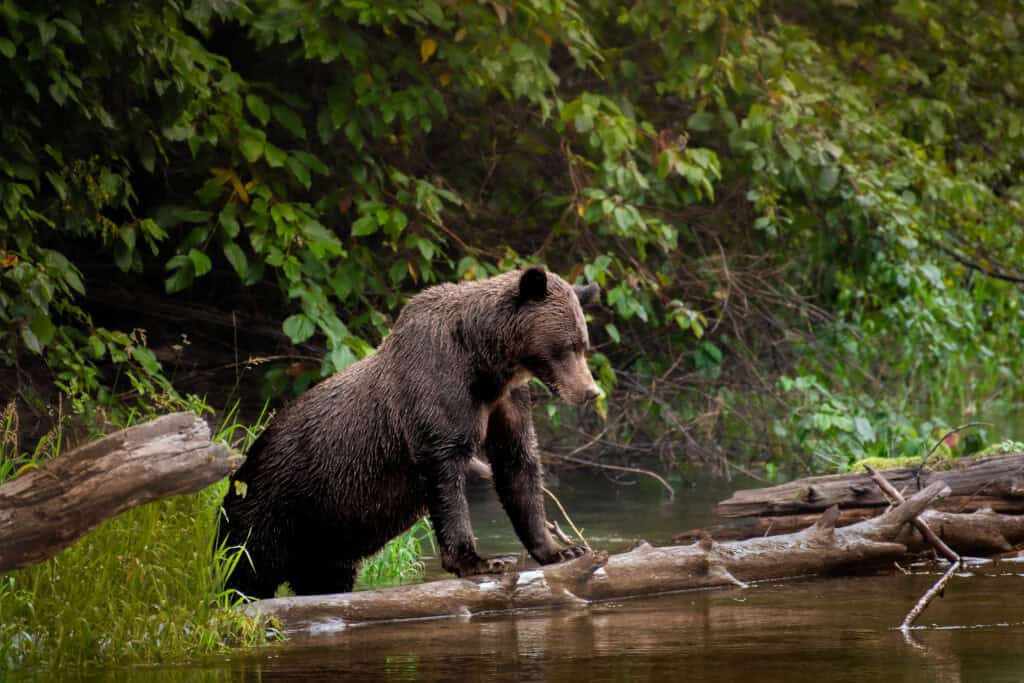
The findings could help officials manage human disturbance when food is less available to bears. The highest number of tourists occurred at a site not formally designated for bear viewing, and can be associated with less predictable human behavior, Field said. When salmon numbers are lower, it might be worth limiting visitation in some areas to give the bears a break.
But those tourists also provide benefits, whether the grizzlies know it or not. Bear viewing not only provides a source of revenue for communities, Field said. “It provides people an opportunity to foster a relationship with wild places.”
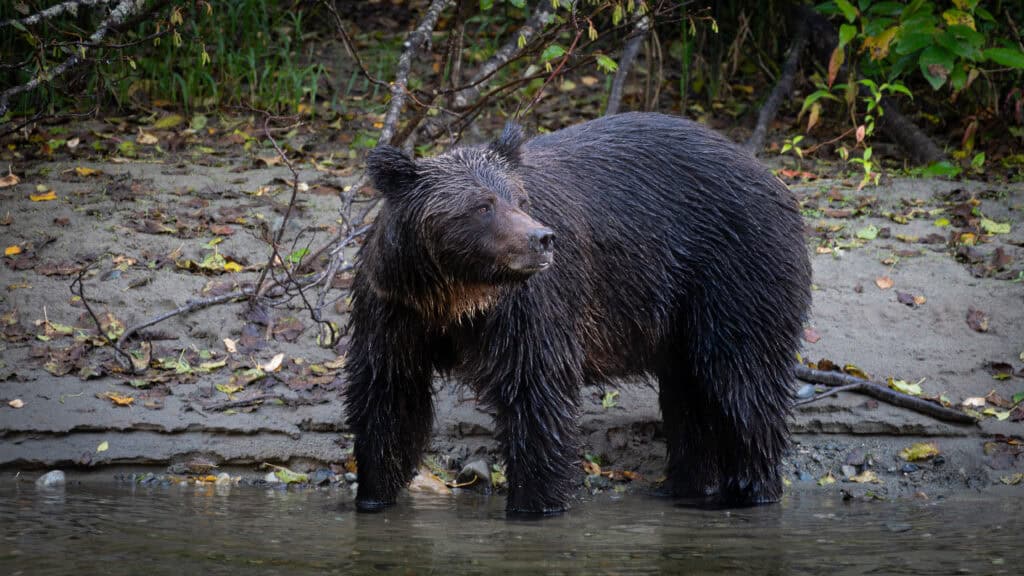
Header Image: Grizzlies change their foraging tactics depending on the abundance of salmon and the presence of humans. Credit: Emina Ida



